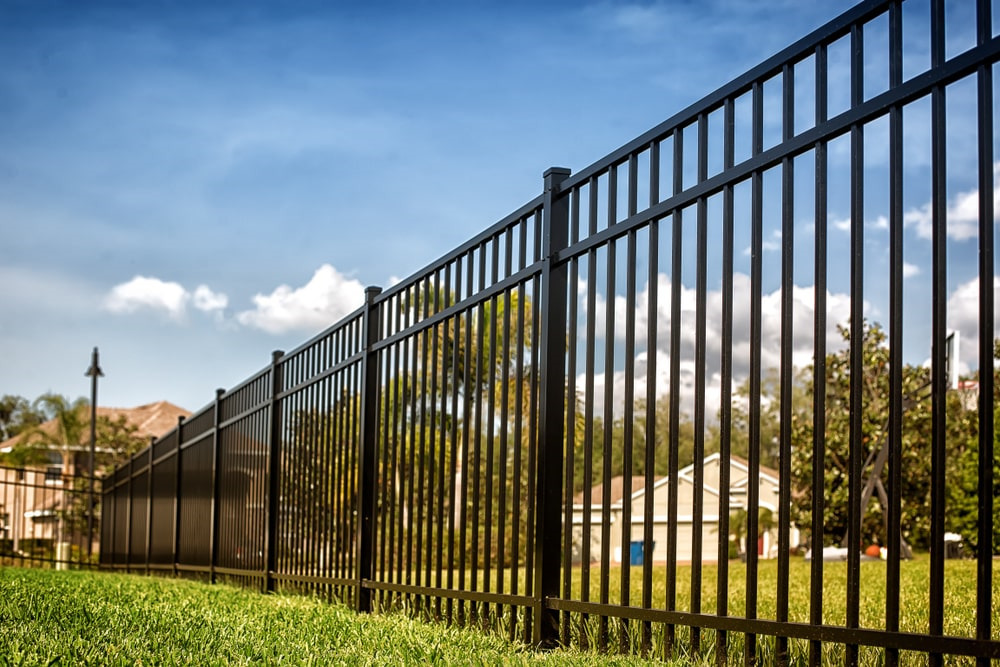Past their sensible utility, fences hold powerful symbolic significance in human being societies, representing principles of acquisition, identity, and interpersonal restrictions. As bodily symptoms of limitations, fences (ploty) shape our perceptions of area and influence our relationships with the built environment. Let’s discover the greater which means behind fences and discover why they can be more than simply structures—they are symbols of human traditions and modern society.
1. Ownership and Territory:
fences (ploty) represent acquisition and territorial boundaries, marking exactly where one residence comes to an end and the other commences. By identifying limitations, fences set up feelings of management and control over property, reinforcing individual or group personality. In rural places, fences work as concrete marker pens of terrain ownership, delineating areas, pastures, and home lines. In downtown configurations, fences demarcate private residence from general public area, asserting possession and exclusivity.
2. Social Department and Inclusion:
Fences also can signify sociable divisions and exclusions inside community. High surfaces and barriers may denote separation and inequality, producing actual barriers that break down residential areas based upon socio-monetary status or other factors. However, fences with available gateways and low walls signify inclusivity and connection, welcoming interaction and fostering a sense of local community. The look and awareness of fences reflect root social dynamics and potential structures.
3. Societal Personal identity:
In many ethnicities, fences maintain serious cultural relevance and are imbued with meaning that displays ethnic beliefs and practices. For instance, in a few cultures, elaborate fences are symbols of status and reputation, showing wealth and prosperity. In contrast, in other cultures, easy and practical fences may be valued for functionality and utilitarianism. Understanding the societal perspective of fences allows us to take pleasure in their symbolic value in numerous communities.
4. Emotional Borders:
Fences can also represent psychological boundaries that determine personalized place and autonomy. By developing actual physical obstacles, fences provide people who have a sense of safety and personal privacy, letting them determine boundaries and manage usage of their personalized space. This sensation of boundary control is important for preserving mental well-getting and social interactions, as it will allow individuals to assert their autonomy and shield their private limitations.
5. Enviromentally friendly Impact:
The proliferation of fences has environment ramifications, especially in normal countryside and wild animals environments. Considerable fencing can fragment environments and affect animals corridors, affecting biodiversity and ecosystem well being. Nevertheless, eco-pleasant fencing choices, like wild animals-friendly styles and permeable boundaries, supply options that stability human being requires with environment preservation. By lessening their environmental footprint, fences can bring about the preservation of natural countryside and wildlife habitats.
To sum up, fences are more than simply actual physical components they are signs that represent complicated social, ethnic, and psychological dynamics. As guardians of limitations, fences form human interaction and countryside, highlighting and reinforcing societal principles and norms. Understanding the symbolic incredible importance of fences enriches our comprehension of the developed environment and our relationship with the territory.



